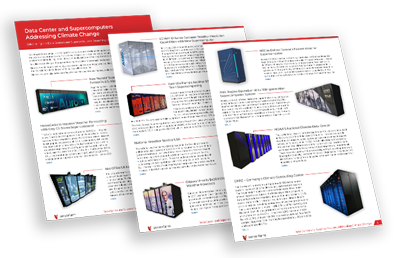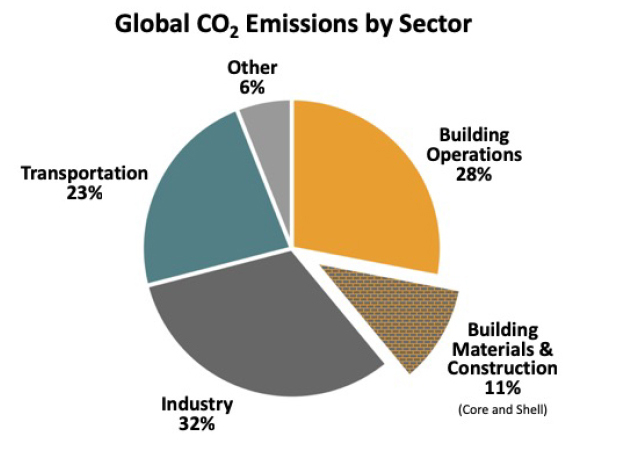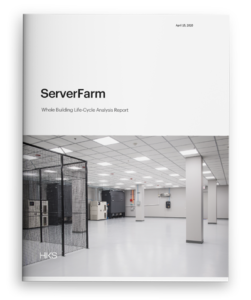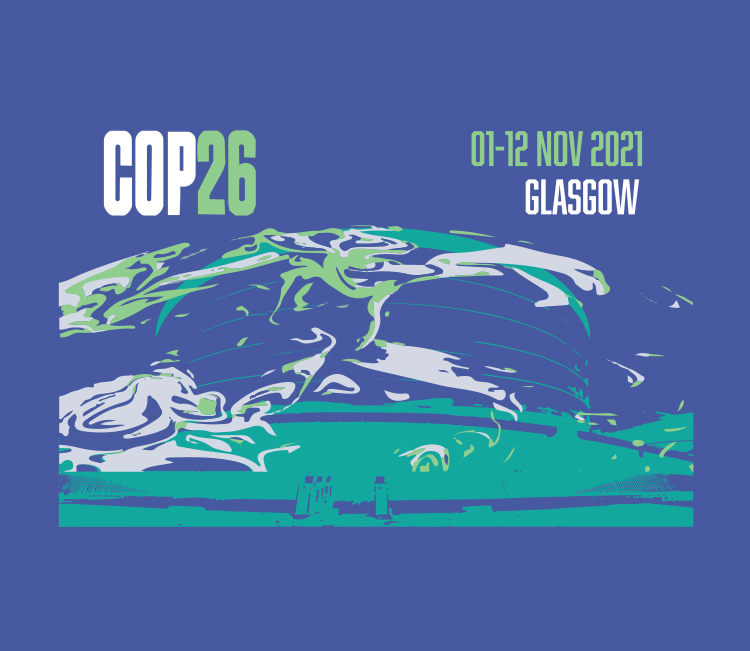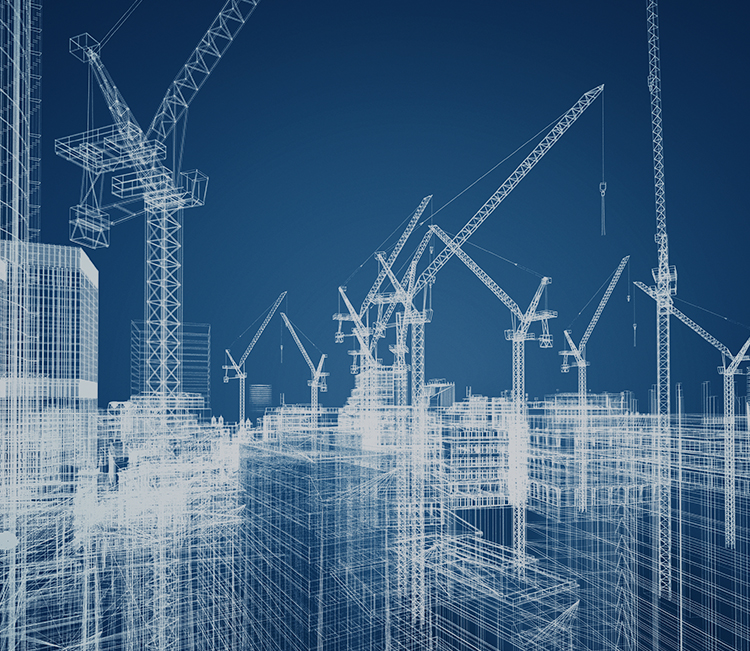Sustainability
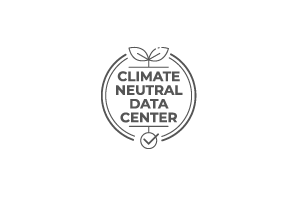
Serverfarm is Committed to Building Reuse to Reduce Carbon Emissions
Sustainability is more than a buzzword; it’s a necessity. And data center sustainability is no exception. It has become imperative for data centers to employ green initiatives to help our future, especially since many enterprises are now looking at data center sustainability initiatives when choosing a facility to meet their growing capacity and infrastructure needs.
As IDC has forecasted, global data will reach an eye-opening 163 zettabytes by 2025. This rise in data has also increased the data center industry’s urgency to mitigate carbon emissions and reduce its overall carbon footprint.
Sustainability is at the heart of Serverfarm’s mission, especially as we continue to scale worldwide. Serverfarm has embraced a model of reusing existing real estate to help eliminate the embodied carbon associated with a standard new construction facility. A recent report and analysis of our Chicago data center has proved that this sustainability-driven approach can result in a modeled 88% embodied carbon emission reduction.
Serverfarm’s modernization model means reduced greenhouse gas emissions now. Buildings and construction directly represent around 39% of all annual global greenhouse gas emissions, so reducing the carbon produced by developing new buildings is an essential component to mitigating our global climate crisis.
This approach helps Serverfarm offer clients the most sustainable and efficient data center capacity available. It also allows us to preserve commercial space that might otherwise be abandoned or underutilized while meeting our clients’ increasing capacity demands.
The Future of Data Centers sustainability
To learn more about data center sustainability, lend us your ears for The Future of Data Centers sustainability-focused podcast series
What is embodied carbon?
Embodied carbon is the CO2 emission associated with the manufacture, transport, construction, maintenance and end of life/disposal of a product or service.
To determine the embodied carbon cost of data centers, HKS, an international design firm, examined the operations of Serverfarm’s Chicago data center using a Whole Building Life-Cycle Analysis.
Buildings and construction directly represent around 39% of all annual global greenhouse gas emissions.
“These emissions can be divided into two categories, building operations and building materials & construction. Each represents the operational carbon and the embodied carbon of buildings respectively,” says HKS.
HKS analyzed Serverfarm’s Chicago facility, a six-story building of just under 150,000 square feet with a capacity for housing more than 4,000 server cabinets. With a rack consumption of 61,320 kWh, the building consumes 25MW of power annually.
Were such a building to be constructed today using standard materials, the carbon cost, carbon dioxide equivalent or CO2e, would be 9,425,673kgs (use of low carbon materials would see a carbon cost of 8,301,691kg but add significantly to the financial cost).
The carbon costs were itemized by material including concrete, steel, glass, wood, plastics, composites, thermal and moisture protection, openings and glazing, and finishes. The factors analyzed by HKS covered potential for global warming, acidification, eutrophication, smog formation and cost of production in non-renewable energy.
Serverfarm Whole Building Life-Cycle Analysis Report
The purpose of this Whole Building Life-Cycle Analysis is to (1) create a baseline for a standard newly constructed data center, (2) compare it with a low carbon concrete option and with a building reuse option, and (3) draw conclusions applicable to the industry at large that can further reduce CO2 emissions. This report looks at Serverfarm’s CH1 Chicago data center for comparisons.






